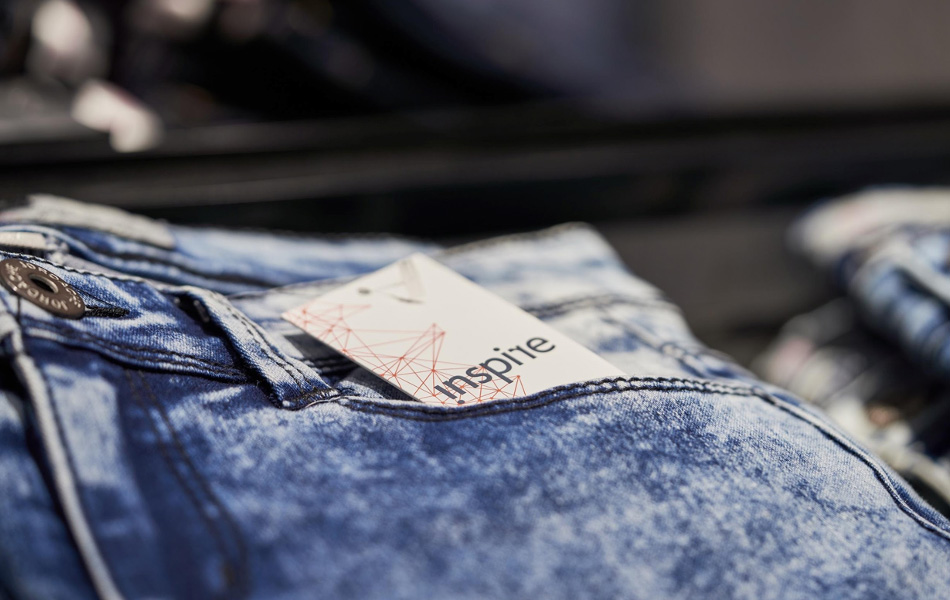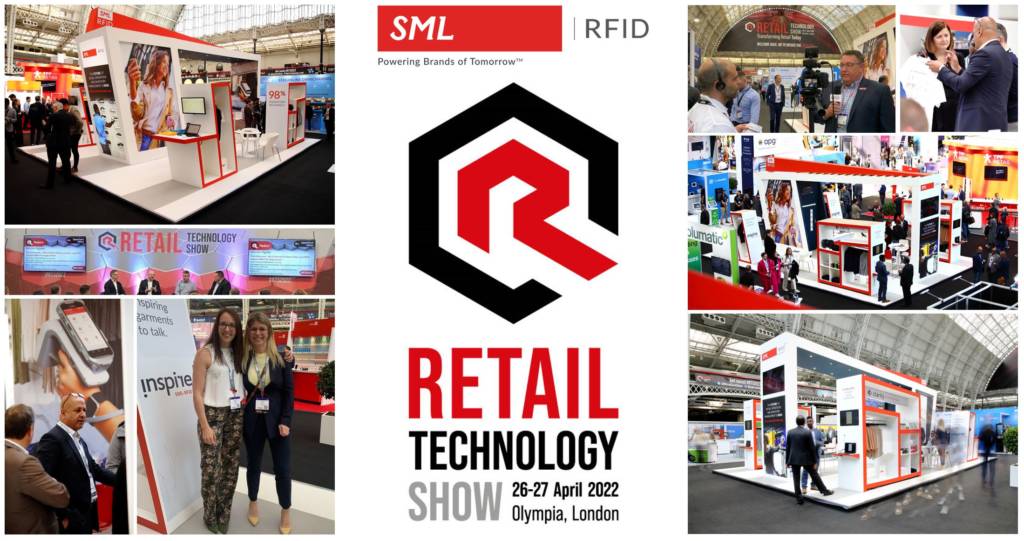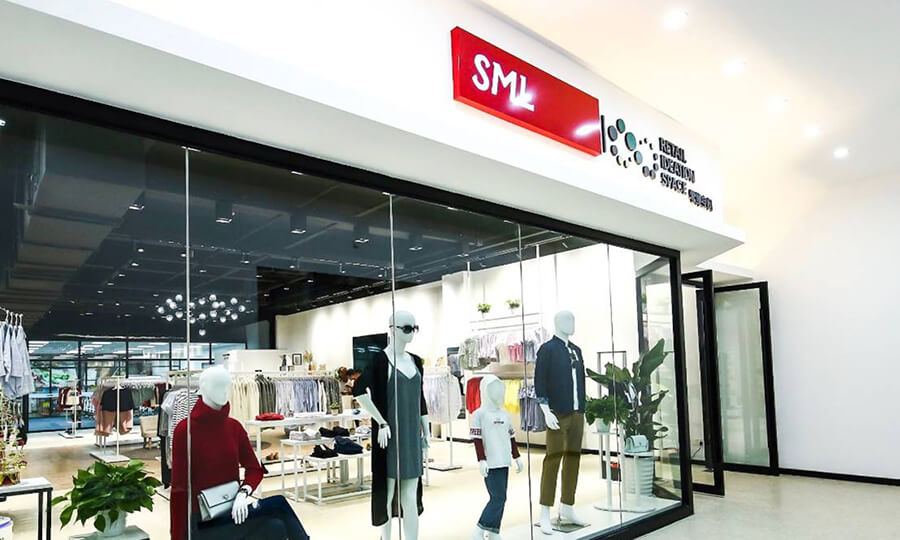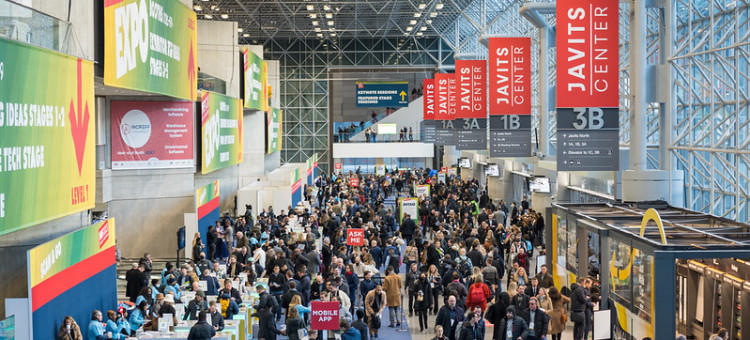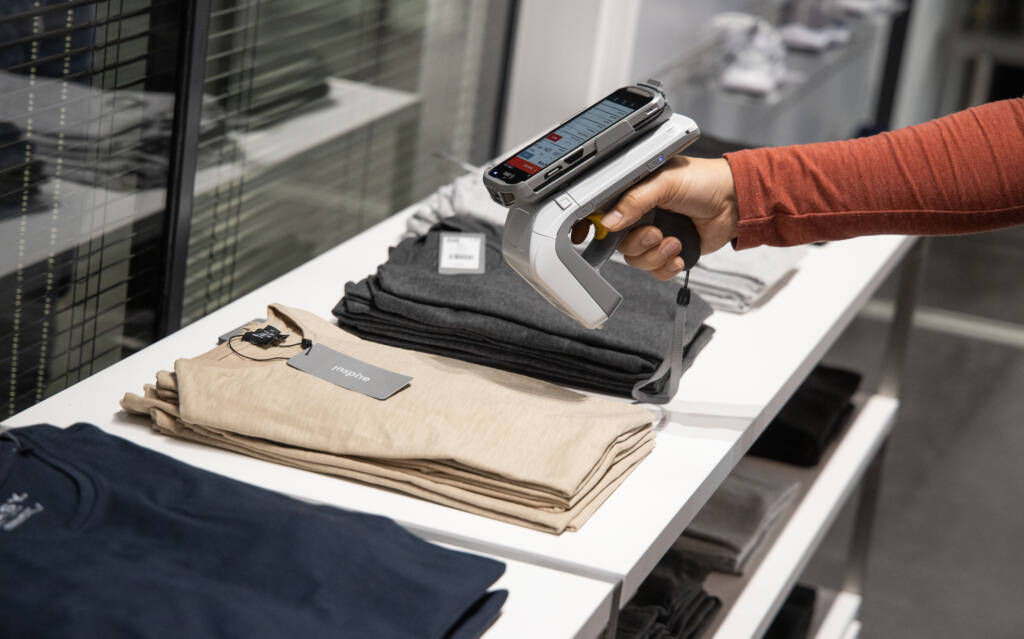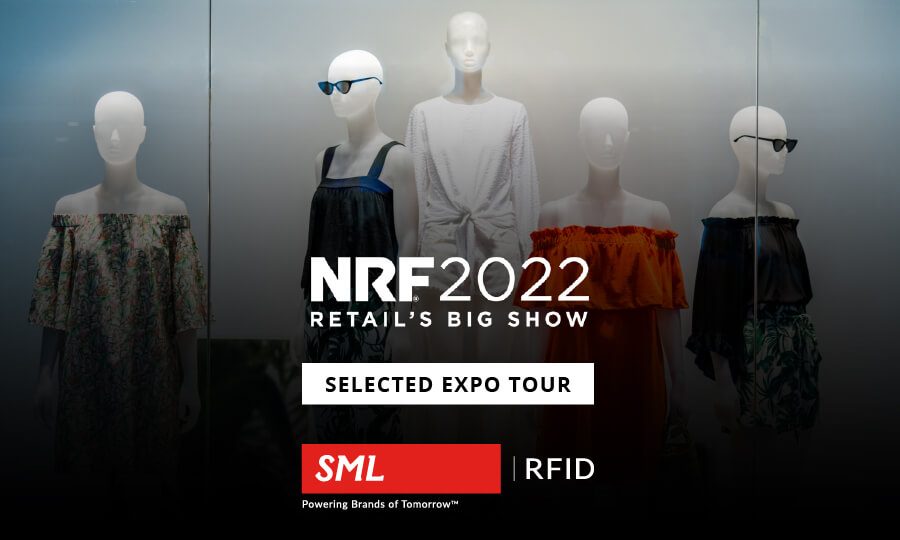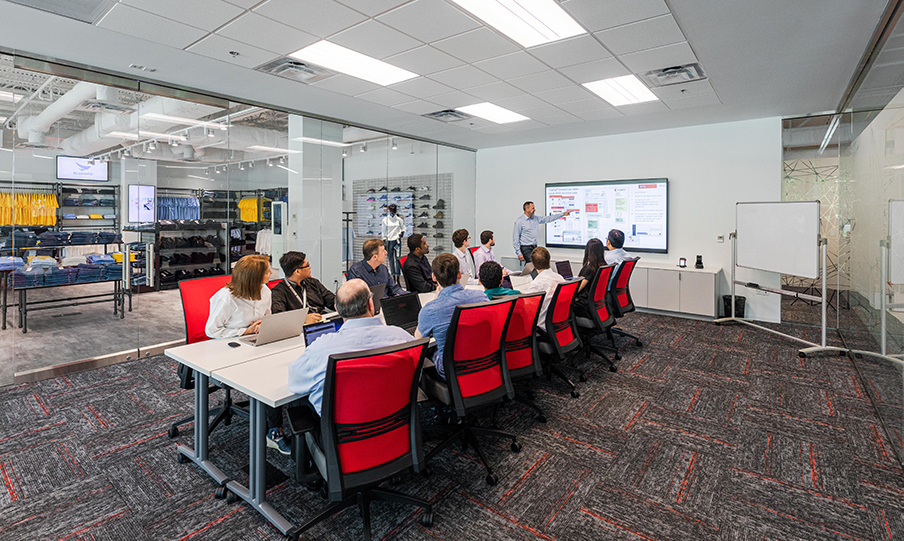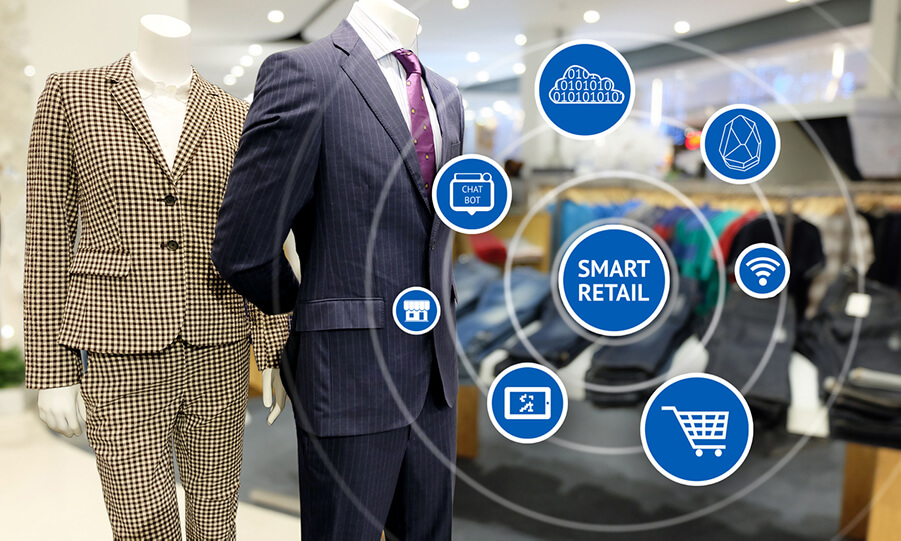Retail Trends from NRF 2022
Each year the retail industry takes over New York in January for Retail’s Big Show, organized by the National Retail Federation (NRF). While the show took a hiatus last year due to the pandemic, this year the event was back in action for a three-day event that would set the scene for the retail landscape for 2022. With more than 25,000 attendees expected, it was apparent that we would see great things in the build-up.
While some of the more prominent exhibitors were noticeably absent this year, that didn’t stop the event from showcasing innovative game-changing technology at the forefront of retail innovation. Below are just some of the trends at this year’s event.
Increasing Use of Robotics
Robotics in retail has long been debated within the industry. While some see robots as the true future of innovation, others deem them as nothing more than science fiction with little to no ROI. However, a number of retailers throughout the years have been experimenting with robotic technology, particularly within warehouses and distribution centers where robots are used to pick, pack and ship items. Yet, this technology can also be expensive, and the overhead costs alone may leave some retailers deterred from the initial investment.
However, when combined with technologies such as item-level RFID, the ROI may become much more apparent. The technology appears to be blossoming. Driven by RFID technology, brands such as SML RFID provide retailers with the ability to take inventory using multiple RFID readers – all automated by the use of robots. At NRF there were also a number of companies offering solutions that improve accuracy and efficiency within the supply chain and enhance worker safety.
Sustainable Returns
Sustainability also continues to dominate many conversations within retail, with more and more brands looking for ways to sustainably source and manufacture their products. There were a number of notable brands at NRF, with sustainability at the core of their operations. However, many apparel retailers are also looking at ways to make the returns process more sustainable.
Some brands provide sustainable packing and transparent shipping options to make their returns process more environmentally friendly. Yet, retailers can also utilize RFID technology to transform their return operations on a deeper level.
RFID technology can be used as a tool to effectively trace inventory through the reverse supply chain and help retailers eliminate the time spent manually processing returns, enabling products to get back in-store at a much faster rate.
A number of large retailers are looking at using RFID solutions to streamline their reverse supply chain processes and operations. RFID tags allow items to be scanned in bulk and accepted into a processing queue and provide the ability to prioritize items to process and speed-up the movement of items back into a sellable status.
Customer Fulfillment and Inventory Woes
Buy-Online-Pick-Up-in-Store (BOPIS) was a phrase that followed many retailers throughout the pandemic as they looked for ways to service their customers during multiple restrictions. However, what was once a buzzword that meant retailers needed to improve their omnichannel offerings, is now a retail movement that will continue enabling retailers to serve their customers better.
Powered through the use of RFID technology, retailers are able to track exactly where stock is across an entire estate of inventory. For shoppers, this means that when browsing on a retailer’s e-commerce platform, they can readily identify which physical store closest to them has the item in stock.
SML’s previously released research, ‘State of Retail Insight Report: Better Serving Customers Through Technology’, found that 43% of retailers believe enhanced stock level visibility would help them better serve customers and increase the overall customer experience. As well, the report found that 48% of UK and US retail decision-makers experience that out-of-stock items are the primary challenge for retailers in the current climate. This year, a key theme we saw at NRF was how retailers effectively tackle this challenge.To find out more about how item-level RFID can enable your business to adopt these trends, contact info@sml-rfid.com

